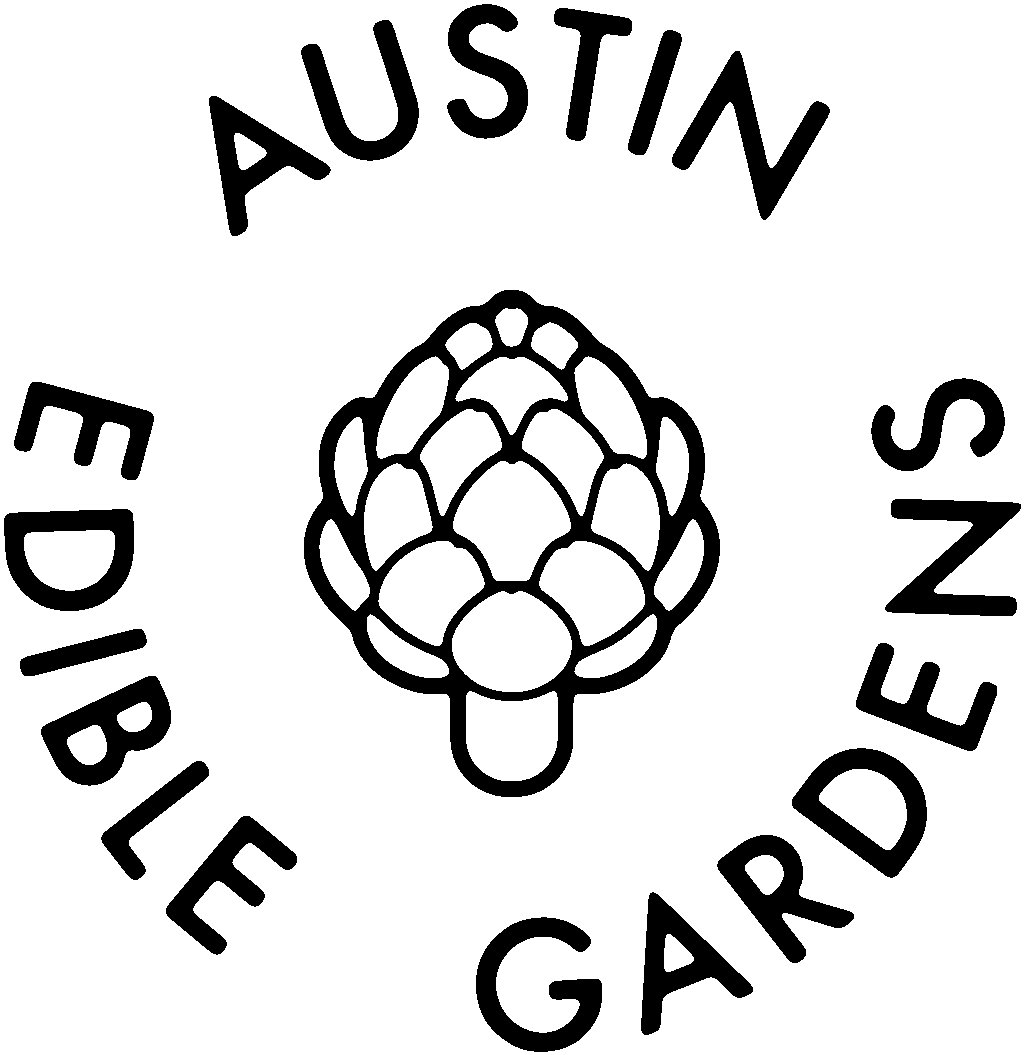Four Easy Ways to Attract Pollinators to Your Yard
Pollinators like bees and butterflies are integral to a healthy ecosystem and perform useful services in the home garden too. Pollination occurs when pollen from the anther of a male flower is deposited on the stigma of a female flower. This is how plants reproduce. Some plants are pollinated by wind or water but many plants require insects to provide this service. Many of the food crops we eat come from bee pollinated plants - in fact scientists say that one in every three bites of food we eat comes from a bee pollinated plant. Bees are considered super pollinators because they selectively forage and have pollen collecting hairs on their body. In the U.S., we see both native bees like bumblebees and mason bees as well as the European honey bee. Native or solitary bees do not sting because they do not have a colony to defend. In fact, these native bees are even better at pollination than honey bees! Below are four simple steps you can take to make your yard more pollinator friendly. In addition to welcoming insects to your yard, you may also notice an increase in other fragile animal populations like frogs, wading birds and reptiles.
Offer habitat and food sources for insects. Pollinators get their food from the nectar of flowers. Some tubular-shaped flowers have evolved to attract hummingbirds with their long, slender beaks, and some herbs like dill and parsley are host plants for swallowtail butterflies. Many of Texas’ native plants have coevolved with our native bees. An easy way to choose plants is to go for native perennials like Gregg’s mistflower, flame acanthus and salvias. Once you get a little more experienced, you’ll want to consider bloom times so that there is a food source year-round. These types of plants - compared to simply lawn, will provide habitat for animals as well as food.
Eliminate pesticides and herbicides. The decline in honeybees worldwide has been associated with the use of pesticides. Even in our small yards, we can make a difference by eliminating pesticides. If there are certain pesty insects you do not want in your garden, you can hand pick them and drop them into a pail of soapy water or use an organic control like neem oil or insecticidal soap spray. Herbicides are also detrimental to our ecosystem and all of these chemicals ultimately end up in our waterways through runoff. The nonprofit group, OMRI lists organic pest and weed control that is safe to use. Be okay with a few weeds and pests in your yard and ask your lawn service provider to stop using harmful chemicals.
Provide a water source. It is important to provide small baths for insects and birds to stay hydrated. These water sources may also attract frogs which help keep mosquito larvae in check.
Build a bat, bird, or bee house. If you like easy wood-working projects, look into adding a home for an owl or bat to nest in high in a tree on your property or make a small ‘bee hotel’ for solitary bees to lay their eggs in. There are many plans online to make these fun projects and you may end up with exciting wildlife right in your backyard.

